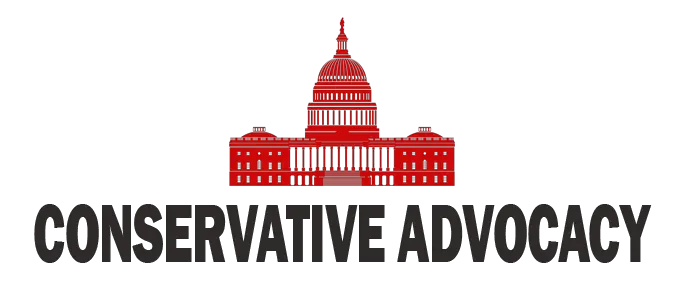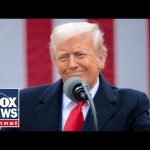On April 2, 2025, President Donald Trump proclaimed “Liberation Day” in a bold announcement from the White House Rose Garden, unveiling one of the most aggressive tariff strategies in modern U.S. history. The policy includes a universal 10% tariff on all imports starting April 5, with additional reciprocal tariffs targeting 60 countries, some as high as 50%. Trump framed the initiative as a declaration of economic independence, aiming to restore American manufacturing and reduce trade deficits that he described as a national emergency.
The president’s rhetoric was unapologetically patriotic, emphasizing that decades of unfair trade practices by foreign nations have hollowed out America’s industrial base and jeopardized national security. Trump highlighted the disparity in trade policies, pointing to examples like the European Union’s 10% tariff on American cars compared to the U.S.’s mere 2.5% levy on European imports. He argued that these measures are not just economic corrections but moral imperatives to reclaim wealth and jobs lost to globalization.
While supporters of the policy applaud its focus on revitalizing domestic industries and reducing reliance on foreign supply chains, critics warn of potential economic fallout. Economists predict that the tariffs will raise consumer prices on goods ranging from electronics to food imports, exacerbating inflationary pressures already troubling American households. Additionally, retaliatory measures from major trading partners like China and the European Union could disrupt global supply chains and further strain the economy.
Despite these concerns, Trump’s allies argue that the long-term benefits outweigh the short-term costs. They highlight how the pandemic exposed vulnerabilities in America’s dependence on foreign manufacturing for critical goods like medical supplies and semiconductors. By incentivizing domestic production, they believe these tariffs will strengthen national security and create lasting economic opportunities for American workers.
The announcement has sparked sharp political divisions. Democrats have derided April 2 as “Recession Day,” warning that the tariffs could tip the U.S. into an economic downturn. However, many conservatives view this as a necessary course correction after decades of failed trade policies that prioritized corporate profits over American jobs. For Trump’s base, “Liberation Day” represents a rallying cry for economic nationalism and a return to self-reliance.
As these tariffs take effect, their impact on American consumers and businesses will become clearer in the coming months. Whether this policy marks a turning point for U.S. manufacturing or ushers in new economic challenges remains to be seen. For now, President Trump has staked his legacy on restoring America’s industrial might and ensuring that “Liberation Day” lives up to its name as a pivotal moment in economic history.




